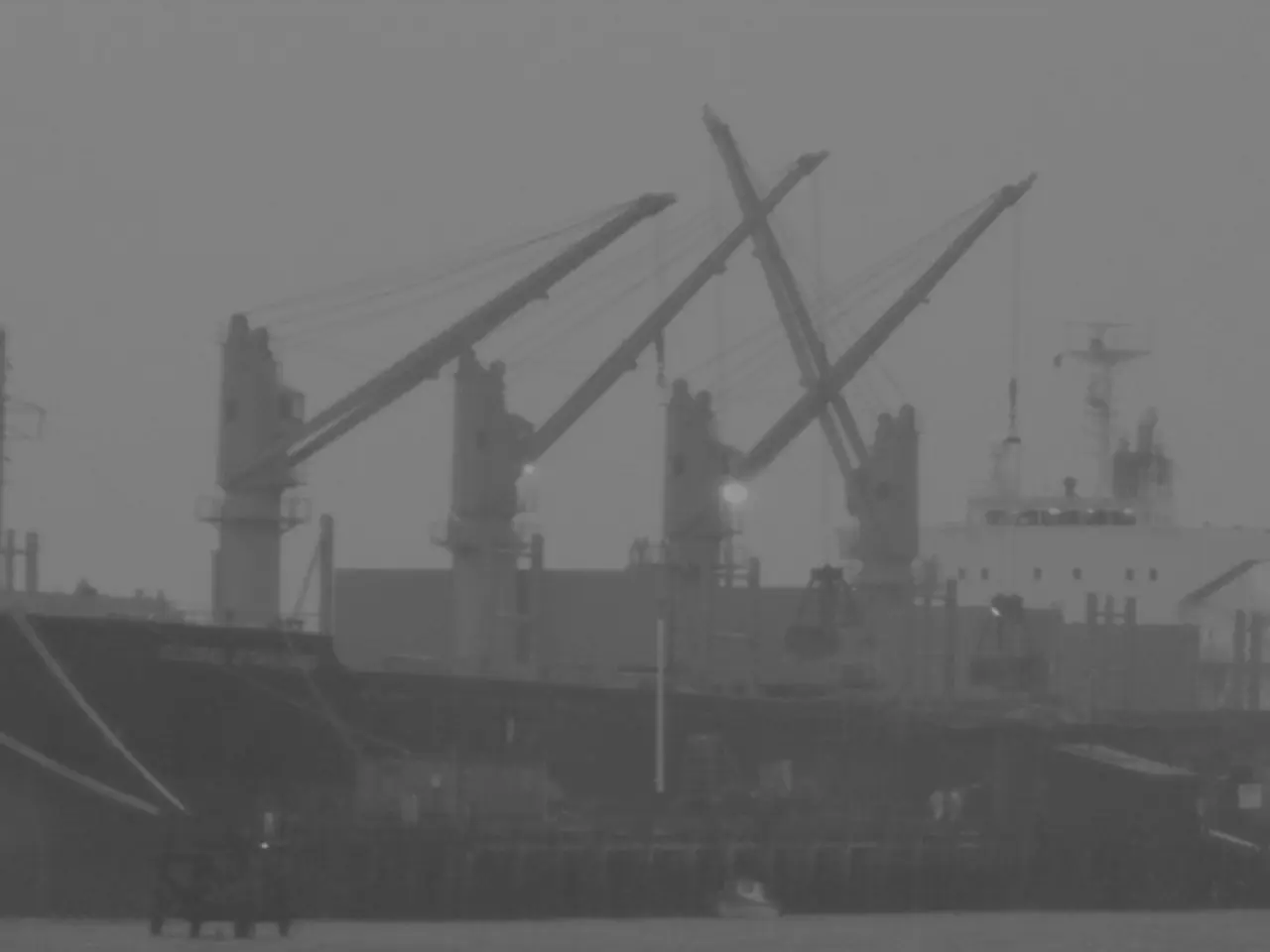China has successfully repelled US destroyers
The South China Sea is once again at the centre of international tensions, as a naval standoff took place between the U.S. Navy and Chinese forces near the disputed Scarborough Shoal on August 13, 2025.
The incident began when two Chinese vessels collided with a Philippine Coast Guard ship near the shoal on August 11. The collision caused damage to one of the Chinese vessels, rendering it unseaworthy. This incident highlights the high tensions and risks of escalation in the region.
On August 13, U.S. warships, including the guided missile destroyer USS Higgins (DDG-76) and the USS Cincinnati (LCS-20), entered the area despite Chinese warnings. The Chinese PLA Navy issued warnings, claiming the U.S. ships were in Chinese waters, which the U.S. Navy regarded as international waters.
The confrontation was part of ongoing Freedom of Navigation Operations (FONOPs) by the U.S. Navy, challenging China's maritime claims. The U.S. Navy asserts it conducted the transit as planned without altering course, while China claims it forced the USS Higgins to withdraw. However, no Chinese evidence has been publicly released to substantiate this claim.
The Scarborough Shoal is a highly contested maritime area also claimed by the Philippines, Brunei, Malaysia, Taiwan, and Vietnam. It is strategically significant for regional security, fishing rights, and substantial maritime trade routes estimated to handle $5 trillion of annual global trade.
The U.S. conducts FONOPs to challenge China's excessive maritime claims and assert navigation rights under international law, maintaining that these waters are international and should remain freely accessible. China, on the other hand, asserts broad territorial claims based on the "nine-dash line," which overlaps with EEZs claimed by the Philippines and others. However, the United Nations Convention on the Law of the Sea (UNCLOS) does not legally recognize such expansive historic claims.
The incident underscores ongoing legal disputes about sovereignty, maritime rights, and the interpretation of international law. The collision between Chinese vessels also raises safety concerns arising from "gray zone" tactics, where states employ coercive but ambiguous methods short of open conflict.
The U.S. commitment to the Philippines under the 1951 Mutual Defense Treaty adds a security dimension, raising fears that miscalculation could escalate into broader conflict. This encounter exemplifies the intensifying U.S.-China military rivalry in the Indo-Pacific, with both sides asserting claims and demonstrating presence in contested waters, contributing to geopolitical tensions with significant regional and global ramifications.
The Philippines did not report any injuries or damage to their ship following the incident. The Chinese coast guard described their operation as "professional, standardized, lawful, and legal." Despite the tense standoff, no direct confrontation or collision involving the U.S. Navy ships occurred.
[1] South China Morning Post. (2025, August 14). U.S. Navy challenges China's claims in South China Sea with warship transit near Scarborough Shoal. Retrieved from https://www.scmp.com/news/china/military/article/3154837/us-navy-challenges-chinas-claims-south-china-sea-warship
[2] Reuters. (2025, August 14). U.S. Navy challenges Chinese claims in South China Sea with warship transit near Scarborough Shoal. Retrieved from https://www.reuters.com/world/china/us-navy-challenges-chinas-claims-south-china-sea-warship-transit-scarborough-shoal-2025-08-14/
[3] CNN. (2025, August 14). U.S. Navy challenges China's claims in South China Sea with warship transit near Scarborough Shoal. Retrieved from https://edition.cnn.com/2025/08/14/asia/us-navy-south-china-sea-scarborough-shoal-intl/index.html
[4] BBC News. (2025, August 14). U.S. Navy challenges China's claims in South China Sea with warship transit near Scarborough Shoal. Retrieved from https://www.bbc.com/news/world-asia-china-58181889
[5] The Diplomat. (2025, August 14). U.S. Navy Challenges China's South China Sea Claims with Warship Transit Near Scarborough Shoal. Retrieved from https://thediplomat.com/2025/08/us-navy-challenges-chinas-south-china-sea-claims-with-warship-transit-near-scarborough-shoal/
- The South China Sea dispute, with the latest incident involving a naval standoff between the U.S. Navy and Chinese forces, remains a central topic in general-news and politics, not only in the United States but also in international forums, including discussions regarding the Philippines' claim over the Scarborough Shoal.
- The collision between Chinese vessels and a Philippine Coast Guard ship near the Scarborough Shoal, resulting in political tensions and the potential for escalation, is another indication of the complexity of the United States' foreign policy in the region, particularly with regard to China and disputed maritime areas.








